5 Signs Of Employee Disengagement And How To Solve It
Employee engagement refers to the degree to which an individual is emotionally, cognitively and behaviorally invested into their work.
It sounds wonderful, but how often is it actually possible in a regular workplace setting?
According to Gallup 36% of U.S. workers are actively involved at work. Pretty dismal.
Yet companies that reach a ratio 4-1 - four employees are engaged and one is disengaged - unlock a lot of benefits.
- Sales increase by 15%
-
Profit increase of 21%
-
5% higher customer engagement
The problem is that approximately 65% of the U.S. workforce are currently disengaged. Sometimes it can be difficult to spot disengagement. Let's look at the five signs that employee disengagement can be and how we can fix them.
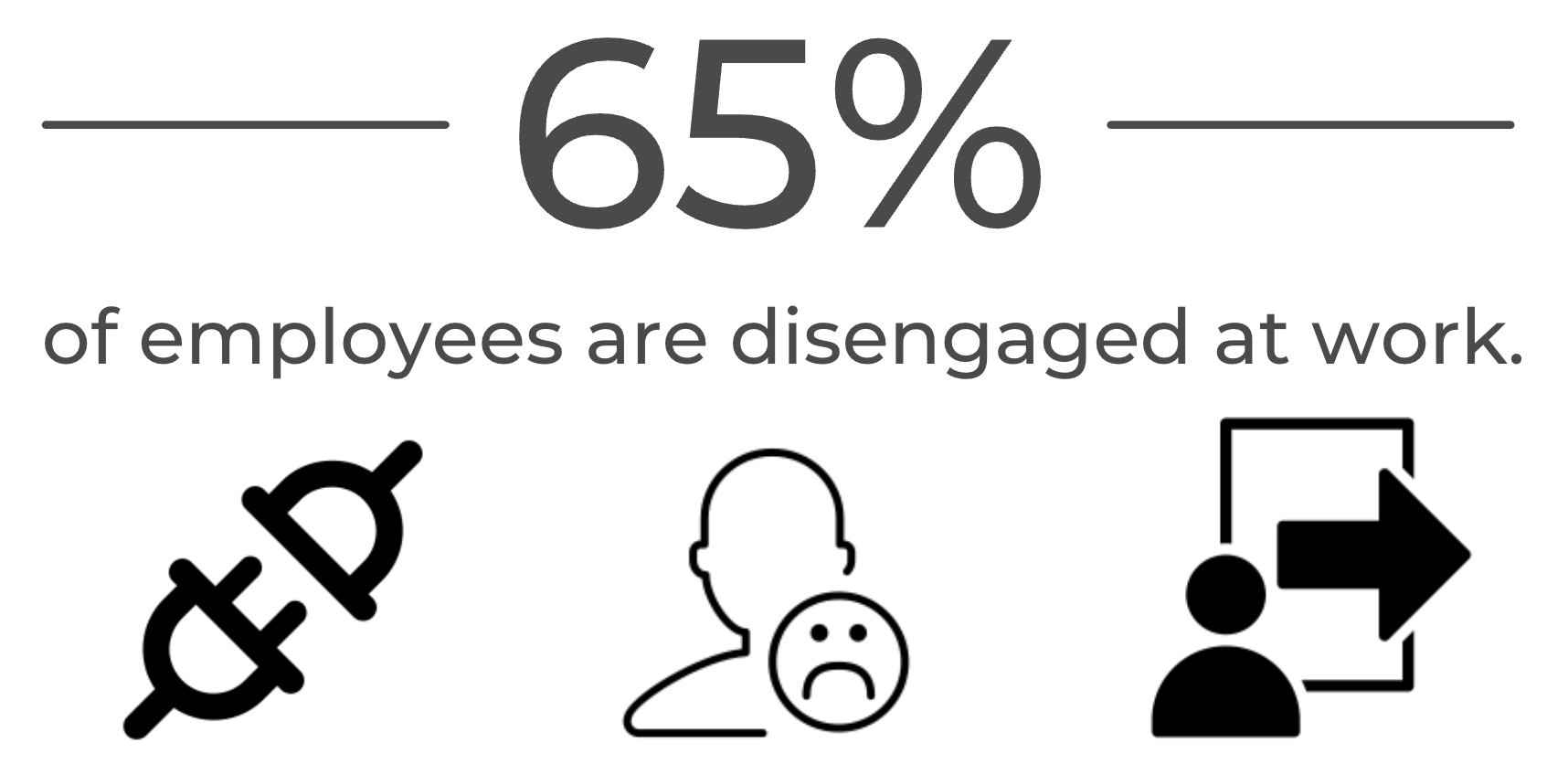
Five indicators of employee disengagement
There are a few factors that can influence employee engagement, including communication, personal resources, communication and effective management. Pay & benefits, employee health & wellbeing, and pay & benefit have all been linked to it.
Here are five indicators that indicate employee disengagement.
Productivity decline and low-quality work
Productivity decline is the first step in employee disengagement. Disengaged employees think less about their work, and consequently produce less.
First look for productivity declines on a personal and then team level.
Soon, entire organizations experience a drop in productivity.
Low productivity causes missed deadlines, lost clients and customers, loss of profit, and a drying up of revenue streams.

Low-quality work is the first indicator of productivity decline. Low-quality work is an area where workers are still able to do their jobs, but the quality is significantly lower.
This is a sign that disengagement is already taking root and must be addressed.
Negative attitude
Engaged employees believe they are capable of handling any challenge presented to them. This positive outlook is a benefit to everyone around them.
Negative attitudes can slow down team initiatives and spread to others.
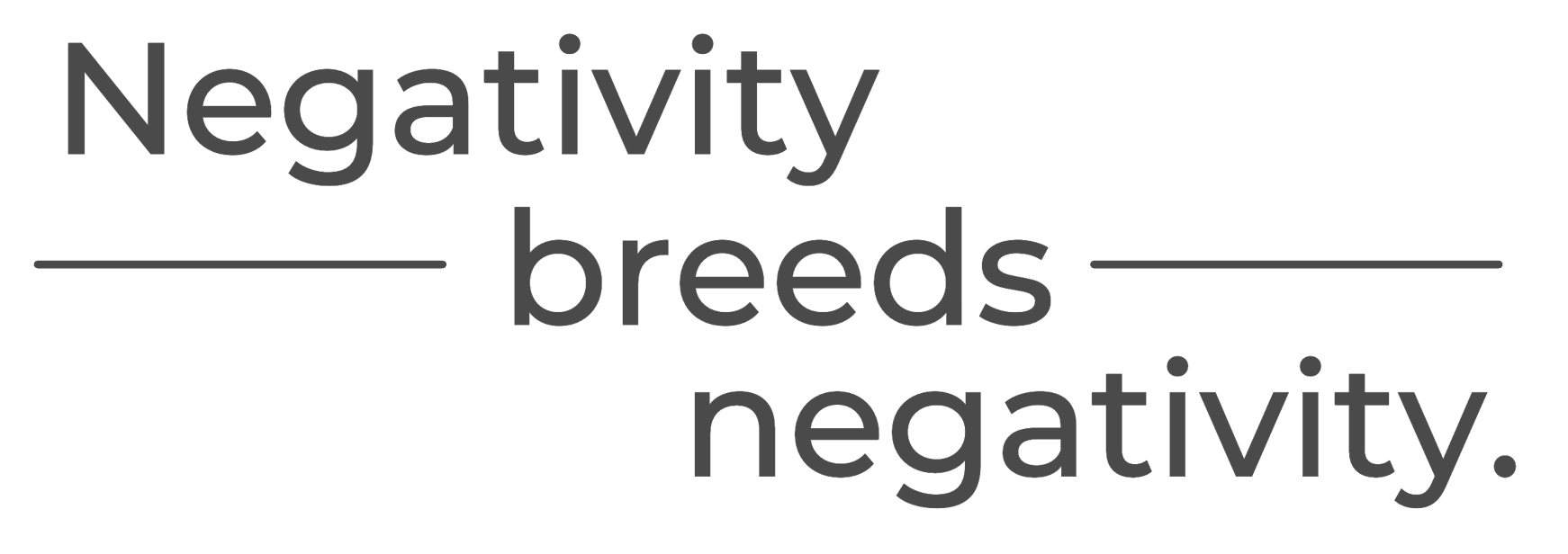
The Gallup studies have shown that if there isn't a four-to-one ratio of engaged employees to disengaged, then the disengaged bucket will win.
The same holds true for negative attitudes - they would say "it only takes one poor apple to spoil the whole barrel".
Negative attitudes are a sign that disengagement is taking root. It needs to be addressed.
Absenteeism
Engaged workers work on the things that are important to them. They are happy to go to work because it is more than just work. It's their purpose to do a good job and achieve the company's vision and mission.
Employees who are disengaged lose sight of the end goal, and their motivation to go to work and do your best becomes a distant memory.
As a result, absenteeism begins to increase in companies where employees are more sick or absent because their work is not fulfilling them.
You should be aware of increasing absenteeism within your company as this is a sign of employee disengagement.
Low trust in leaders and peers
Engaged employees are more likely to work well with their managers, subordinates, and team members. They have faith in them and believe that they will do the best for all employees. They treat their coworkers the same and try to achieve win-win situations whenever possible.
They are open to receiving feedback and seek it out often because they believe that this is how everyone can grow and find a win-win situation in the company.
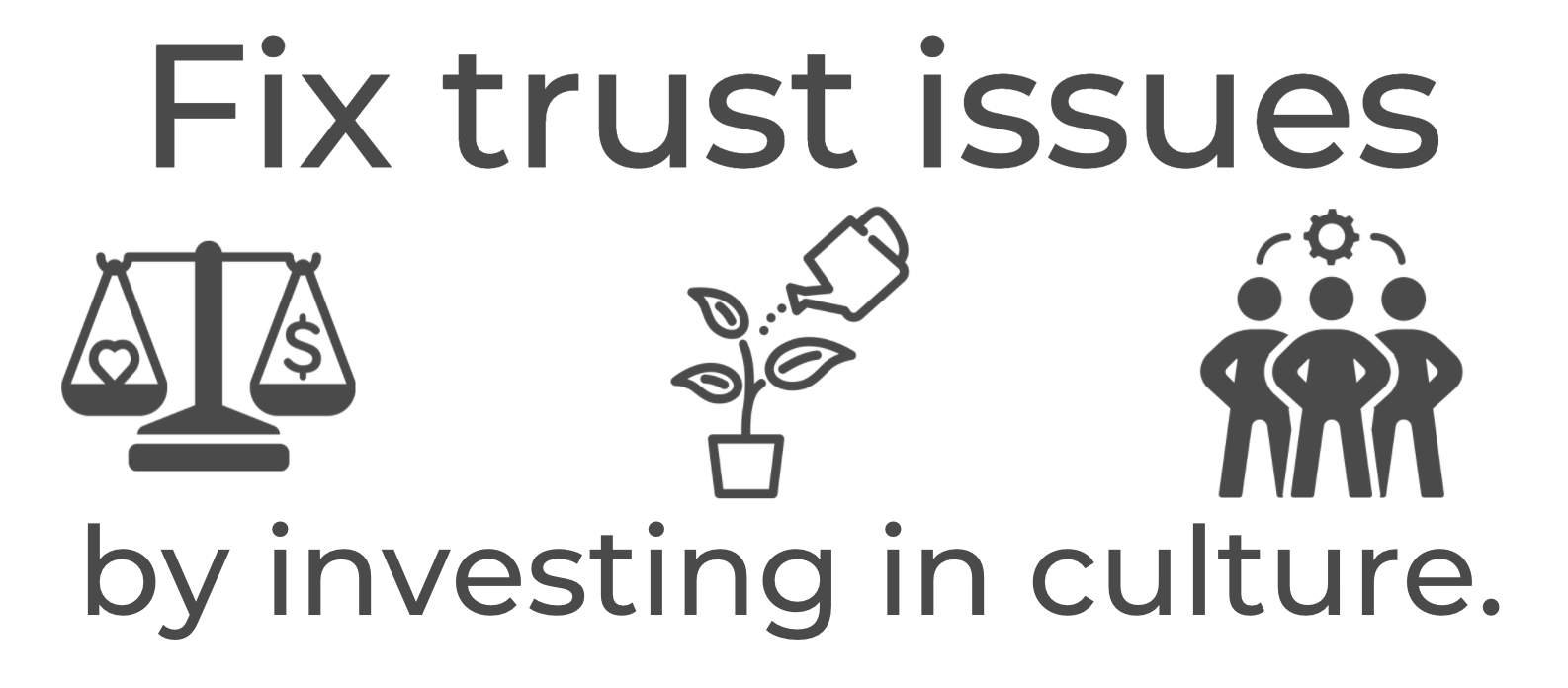
Employees who are disengaged tend to be more cautious and distrust their managers and peers. They become obsessed with their company's position and start to distrust their managers and peers.
Talking at the water cooler increases, gossip becomes a regular occurrence in the office, and before you know it, everyone is unable to work together because of the level of distrust. Silence and lack of feedback are the first signs of the lack of trust.
People who are afraid to speak out (or "lose their job") indicate that they don't trust their comments will be used to make things worse.
If there is no feedback it could mean that all comments are kept private by team members. They might even use it to gossip.
No responsibility or challenge
Employees who are engaged love to take on new challenges. Engaged employees love to learn new things and challenge themselves to do better.
They can assume responsibility , and they may try new projects if they have the chance to learn.
Employees who are disengaged try to be invisible at work. They don't take initiative and are not willing to take responsibility. They want to do what is necessary and then go home.
This is the first sign that there is a problem. When something goes wrong, most people point fingers at others and tell their managers that it was not their fault.
How you can solve for employee disengagement
It can be complex to solve employee disengagement. So you must use some technology.
First, identify the key areas of focus. Then create action items to drive change. Finally, establish a plan for monitoring progress.
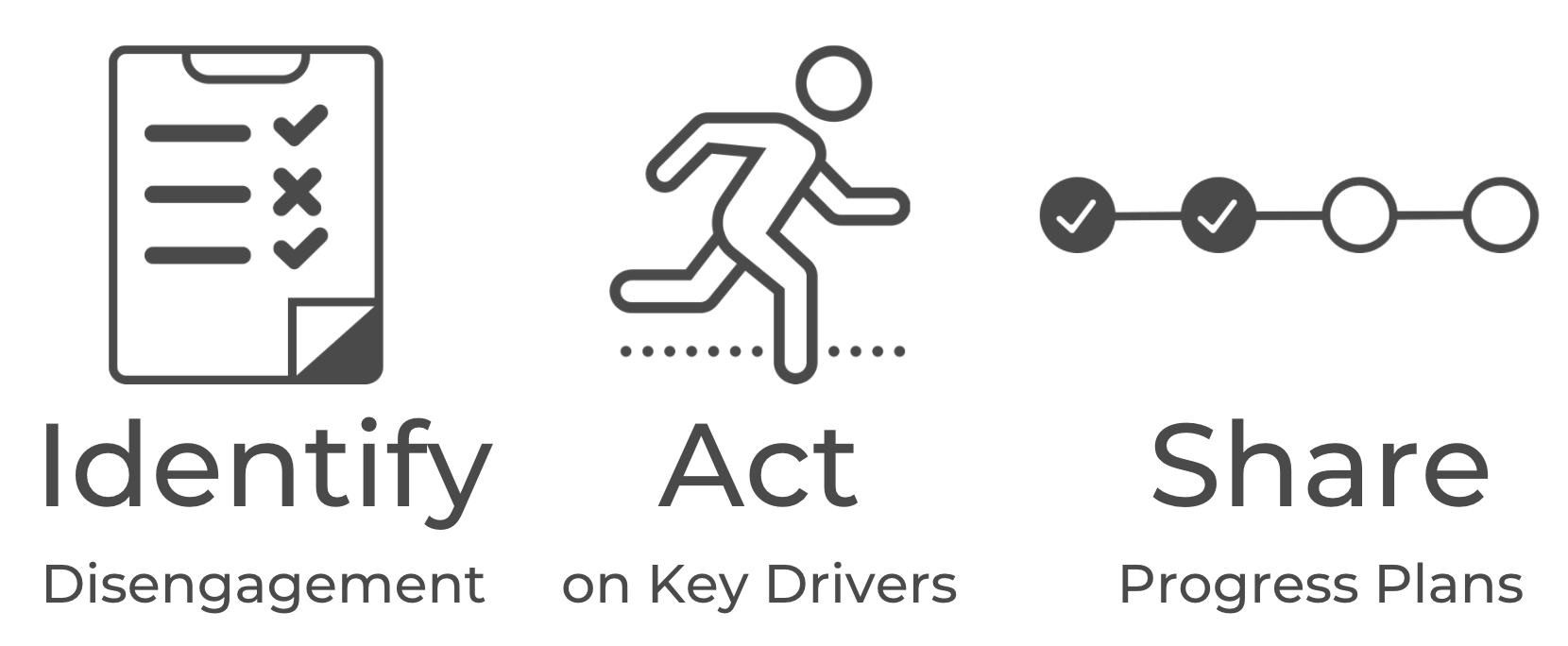
We offer three ways to do this:
-
Updated Employee Engagement Survey. This is used to determine the exact location of disengagement.
-
Key Driver Analysis. Based on the results of your engagement survey, you will determine the most impactful areas to work on.
-
Progress Plans. A clean way to track your goals and share progress across your organization.
Here's an example
The Engagement Survey at a midmarket manufacturer revealed that the problem of disengagement was not in Growth and Development but in Health & Wellness.
The engagement survey revealed that Safety at work was the biggest key driver in Health & Wellness.
After presenting this data to the leadership team, finance approved budget to build a safety and wellness program.
Once the wellness plan was set up and was being implemented, the team conducted pulse surveys to see if it was working as planned and if there were any unexpected results.
All through the course of this they shared progress using Progress Plans in TINYpulse.
Conclusion
Employee disengagement can quickly spiral out of control if it is not addressed immediately. You need to quickly notice the signs of employee disengagement and get to work on it.
Our new engagement survey is a great tool to combat employee disengagement. It can identify the problem and the drivers, as well as provide regular checks-ups to ensure that everything is in order. Book a demo to learn more about our new engagement survey and how it can help you manage employee disengagement.
Share this
You May Also Like
These Related Stories

5 Questions You Should Ask Before Using Employee Engagement Software
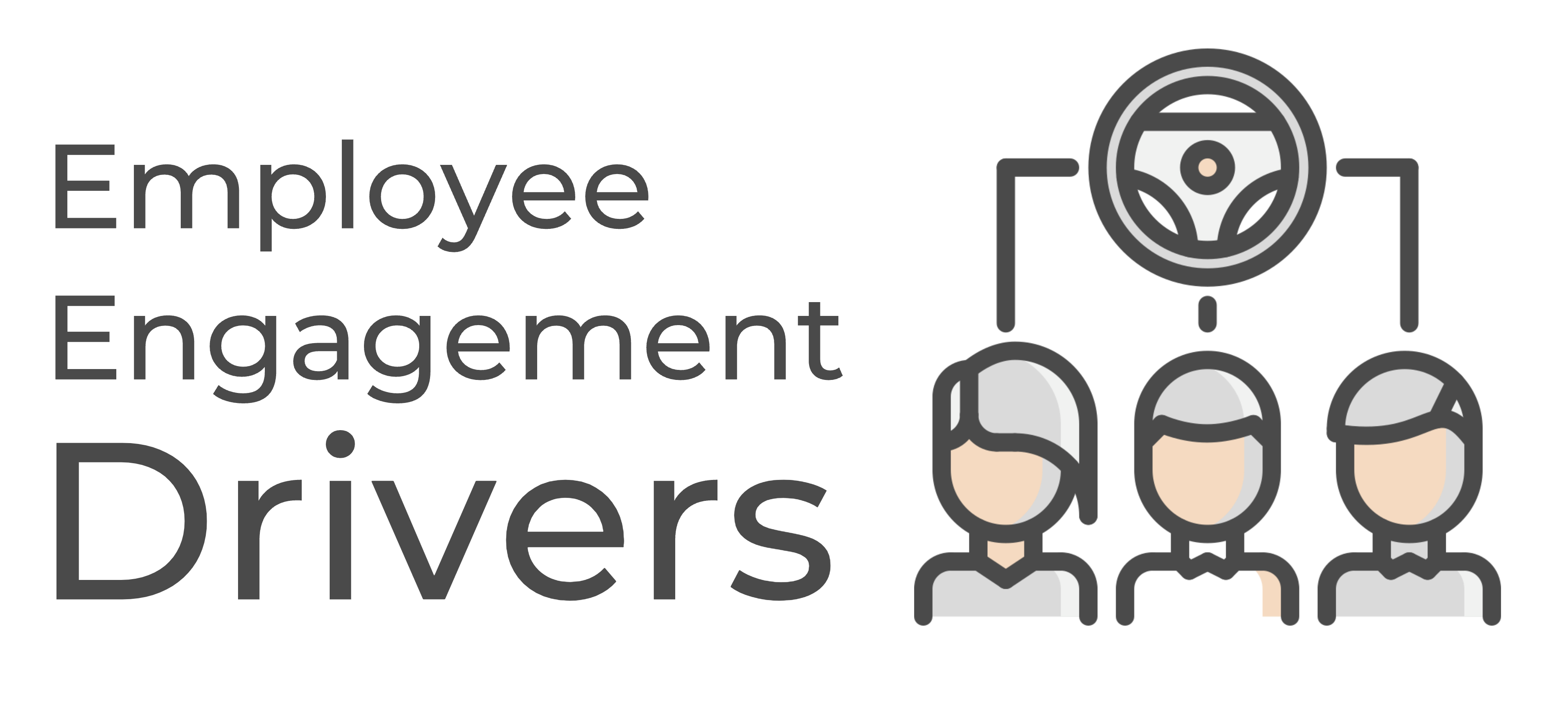
The Practical Guide To Employee Engagement Drivers


.png?width=534&height=632&name=blog%20ad%20(1).png)
